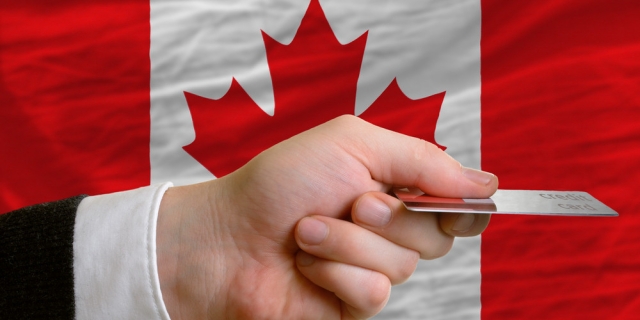Interest payments exceed $60 billion as Canadian governments continue racking up debt
Interest payments on government debt in Canada consume substantial shares of taxpayer dollars and come at the expense of other budget priorities, finds a new study released today by the Fraser Institute, an independent, non-partisan Canadian public policy think-tank.
The study, The Cost of Government Debt in Canada, finds that Canadian governments (federal, provincial and local) spent $60.8 billion on debt interest payments in 2014/15—virtually equivalent to total public spending on K-12 education in Canada ($62.2 billion) in the latest year of available data.
“Whether you’re talking about a household or a government, when you take on debt, you have to pay interest. For governments, that leaves less money for other priorities such as health care, education or even tax relief,” said Charles Lammam, director of fiscal studies at the Fraser Institute and co-author of The Cost of Government Debt in Canada.
Almost seven years after the 2008/09 recession, the federal and almost all provincial governments are still running deficits and increasing their debt levels.
Since 2007/08, combined federal and provincial debt has increased $451 billion to where it’s now projected to reach $1.3 trillion in 2015/16. This combined total debt is equivalent to every Canadian man, woman and child owing $35,827.
At the federal level alone, government debt is expected to grow to $692 billion, an increase of $176 billion between 2007/08 to 2015/16. And the trend will likely continue with deficit spending projected in the near term.
The federal government is currently paying $25.9 billion (or 9.0 per cent of total revenue) in debt interest payments, more than the $19.3 billion it expects to spend on Employment Insurance benefits.
Provincial debt in Ontario, Canada’s most populous province, is expected to reach $298 billion in 2015/16, a 90.5 per cent increase since 2007/08. That level of debt will result in annual debt interest payments of $11.3 billion (or 9.0 per cent of total revenue), eclipsing the entire budget for the Ministry of Community and Social Services ($11.1 billion) and approaching the province’s total infrastructure spending ($11.9 billion).
“Unfortunately for Ontarians, interest payments on the debt will continue to eat up a growing portion of the province’s budget,” said Ben Eisen, Fraser Institute associate director of provincial prosperity.
The government’s latest projections show debt interest payments growing rapidly over the next three years at an average of 6.7 per cent per annum – much faster than spending growth rates for health (1.8 per cent) and education (0.3 per cent).
And for all governments in Canada, the spectre of rising interest rates poses a risk.
“Governments have been borrowing at historically low interest rates so if interest rates rise, the cost of carrying debt will increase and even more money will have to be re-directed to debt servicing costs,” Lammam said.
“This year’s round of federal and provincial budgets is an opportunity for governments to take meaningful action to reverse an eight-year trend of persistent deficits and growing debt.”
The Fraser Institute is an independent Canadian public policy research and educational organization with offices in Vancouver, Calgary, Toronto, and Montreal and ties to a global network of think-tanks in 87 countries.























Comments